AI technologies promise more chatbots and replicas of people who have passed. But giving voice to the dead comes at a human cost.
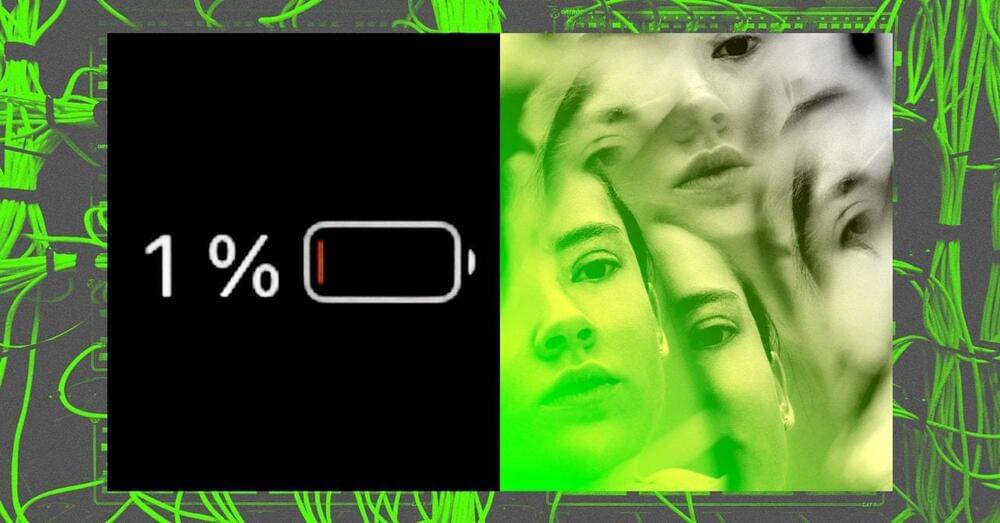

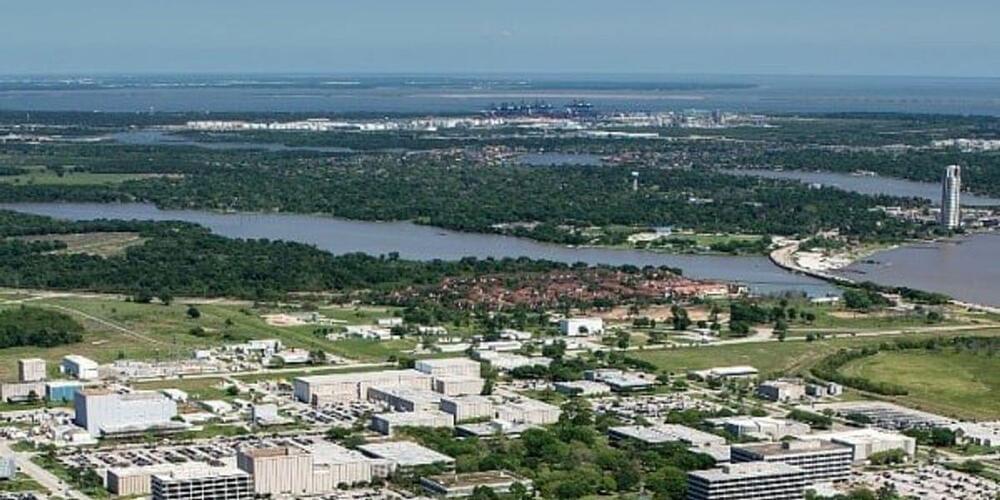
Texas A&M University’s board of regents voted to approve the construction of a new institute in Houston that hopes to contribute to maintaining the state’s leadership within the aerospace sector.
This week, the Texas A&M Space Institute got the greenlight for its $200 million plan. The announcement follows a $350 million investment from the Texas Legislature. The institute is planned to be constructed next to NASA’s Johnson Space Center in Houston.
“The Texas A&M Space Institute will make sure the state expands its role as a leader in the new space economy,” John Sharp, chancellor of the Texas A&M System, says in a news release. “No university is better equipped for aeronautics and space projects than Texas A&M.”
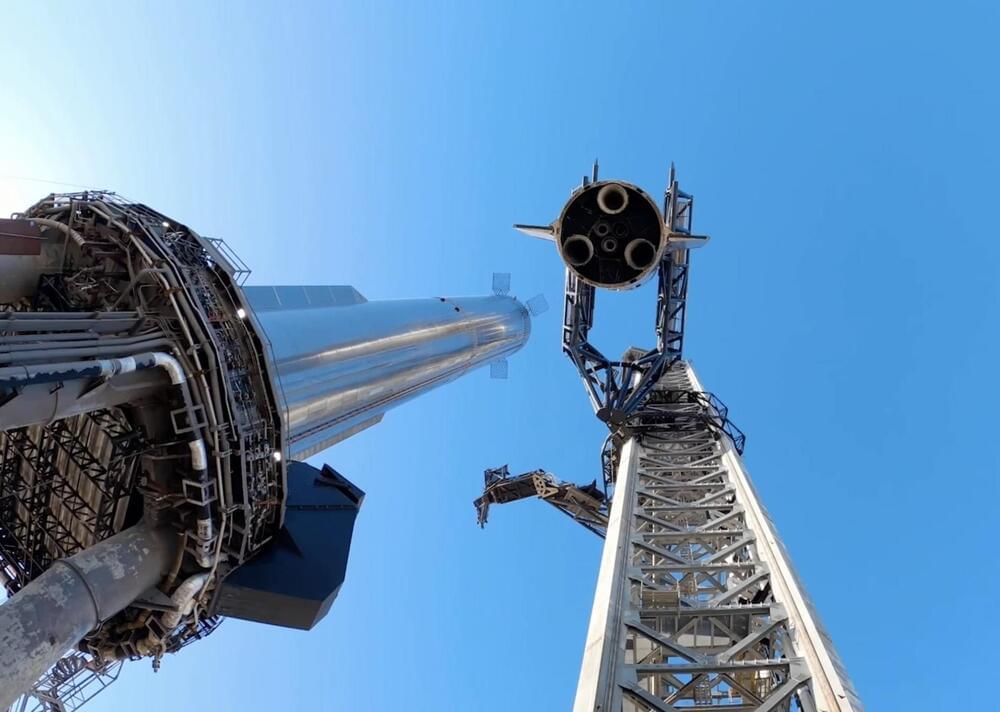
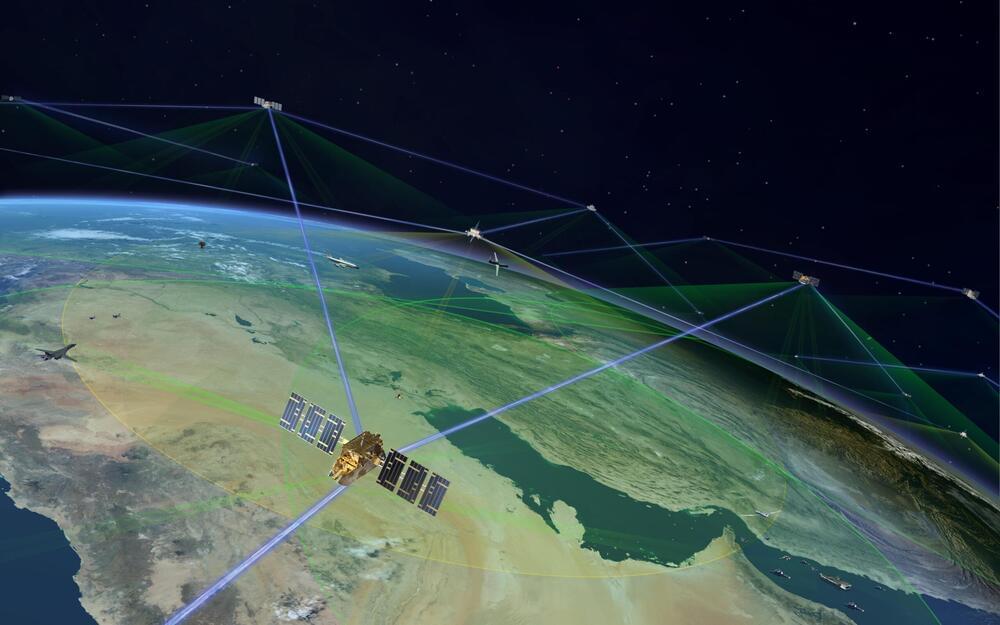
WASHINGTON — The Space Development Agency announced Aug. 21 it awarded contracts worth $1.5 billion to Northrop Grumman and Lockheed Martin to build and operate 72 satellites.
The Space Development Agency (SDA), an organization under the U.S. Space Force, is building a mesh network of military satellites in low Earth orbit.
The 72 satellites will make up a portion of SDA’s network known as Tranche 2 Transport Layer. SDA is building a large constellation called the proliferated warfighter space architecture that includes a Transport Layer of interconnected communications satellites and a Tracking Layer of missile-detection and warning sensor satellites.
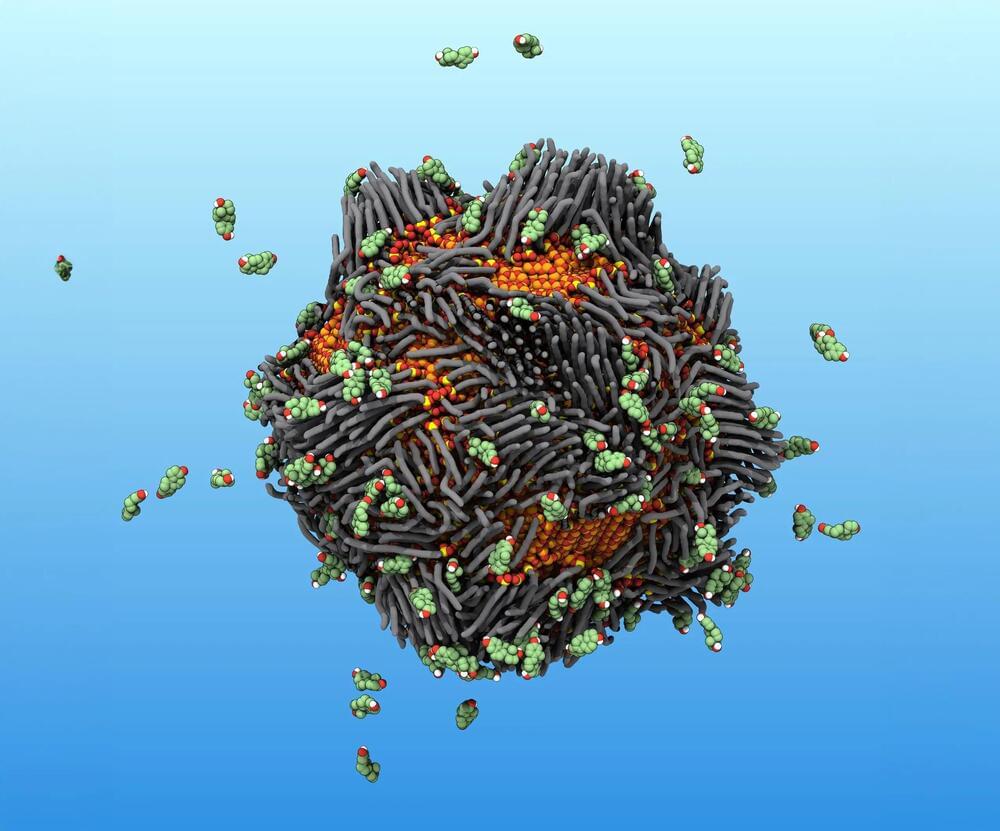
Researchers have developed “smart rust,” iron oxide nanoparticles that clean water by attracting pollutants such as oil, nano-and microplastics, glyphosate, and even estrogen hormones.
Pouring flecks of rust into water typically makes it dirtier. However, a groundbreaking development by researchers has led to the creation of “smart rust,” a type of iron oxide nanoparticle that can purify water. This smart rust has the unique ability to attract various pollutants, such as oil, nano-and microplastics, and the herbicide glyphosate, depending on the particles’ coating. What makes it even more efficient is its magnetic nature, which allows easy removal from water using a magnet, taking the pollutants along with it. Recently, the team has optimized these particles to capture estrogen hormones, which can be detrimental to aquatic life.
Presentation and Significance.
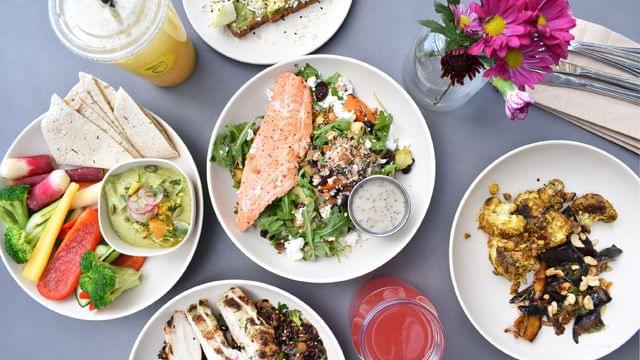
We all know having a balanced diet is important to stay healthy. New research from Waseda University has started to unpick the optimum proportion of macronutrients for a diet that supports metabolic health as we age – starting with protein. The study is published in GeroScience.
Linking diet to “healthspan”
Over our lifespans, our nutrition needs change. By optimizing our diets according to what our bodies need (in relation to our age), we can maintain our metabolic health and thereby increase our “healthspan”, with healthspan referring to the length of time in our lives that we spend in good health.

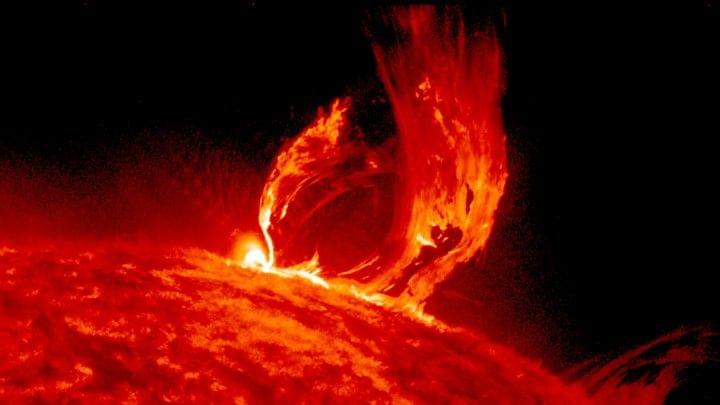
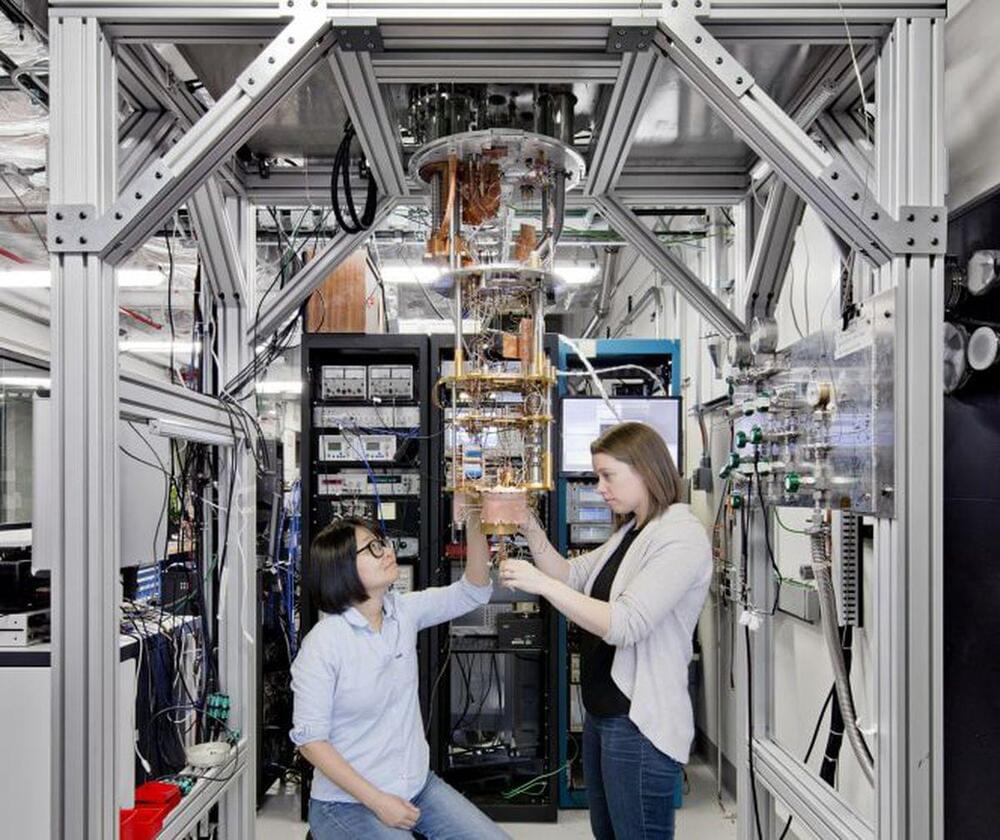
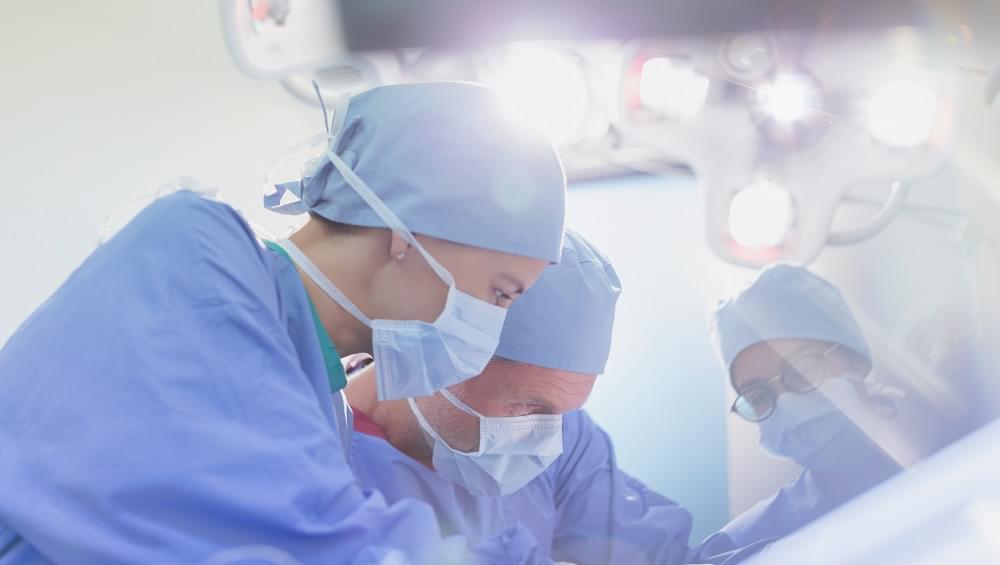
In a novel attempt to reduce the risks of over sedation, physician-scientists at Beth Israel Deaconess Medical Center (BIDMC) conducted a randomized controlled trial to determine whether virtual reality immersion can minimize the need for sedatives during hand surgery without negatively impacting patient satisfaction. The team studied adults undergoing hand surgery who were randomized to receive either Virtual Reality (VR) immersion during the procedure in addition to usual MAC, or usual MAC alone. They found that VR immersion during hand surgery led to significant reductions in sedative doses as well as post-operative lengths of stay in the post anesthesia care unit (PACU). Their work is published in PLOS ONE.
BIDMC researchers conducted a randomized controlled trial that found virtual reality immersion during hand surgery reduced the need for sedatives.